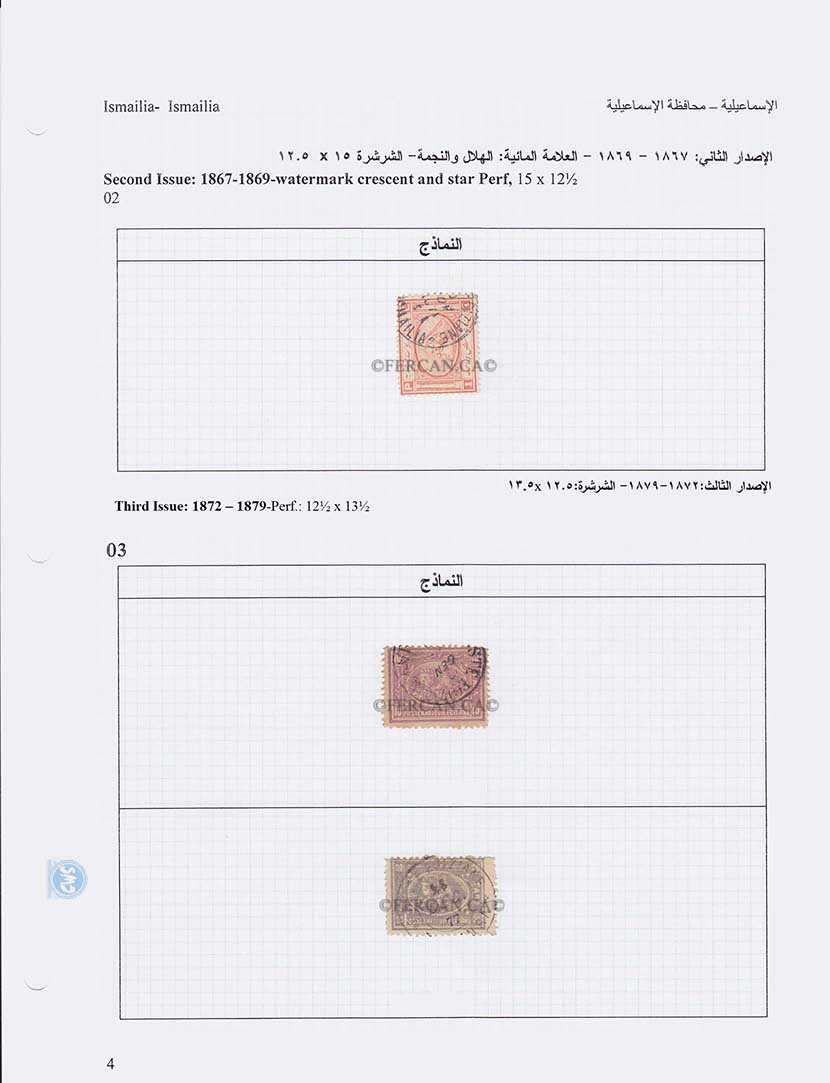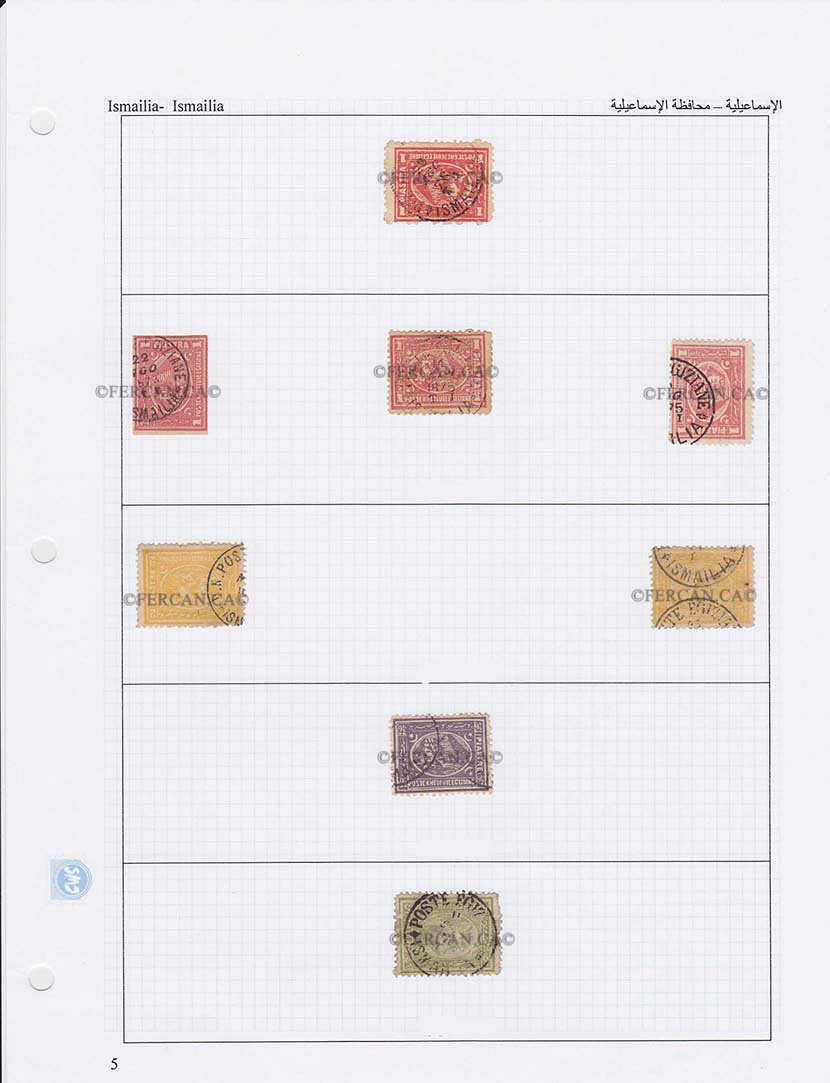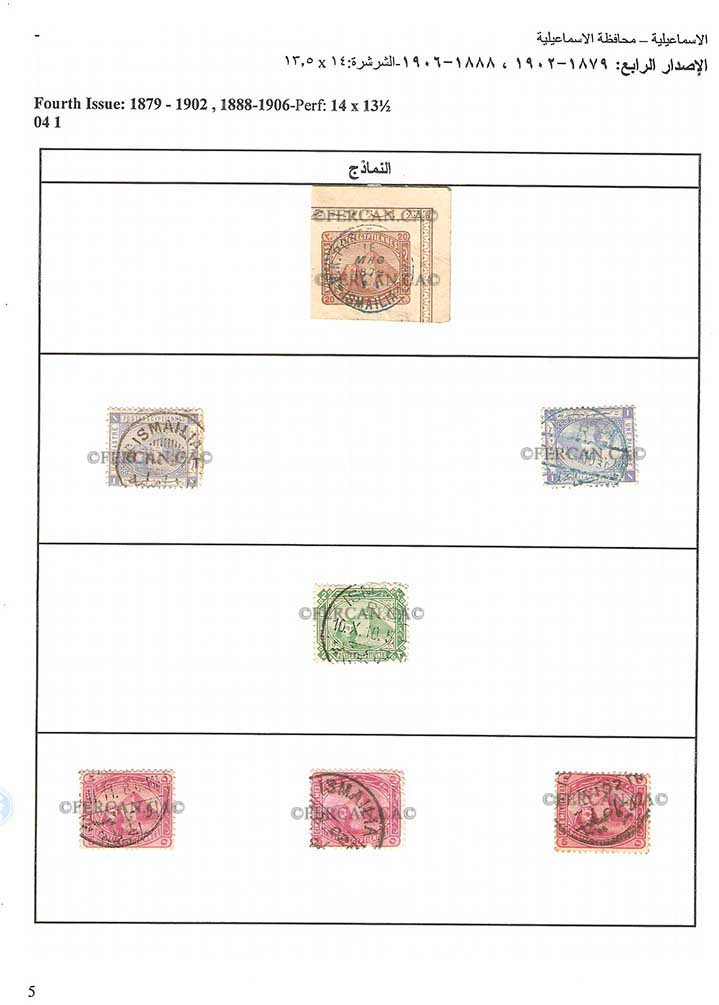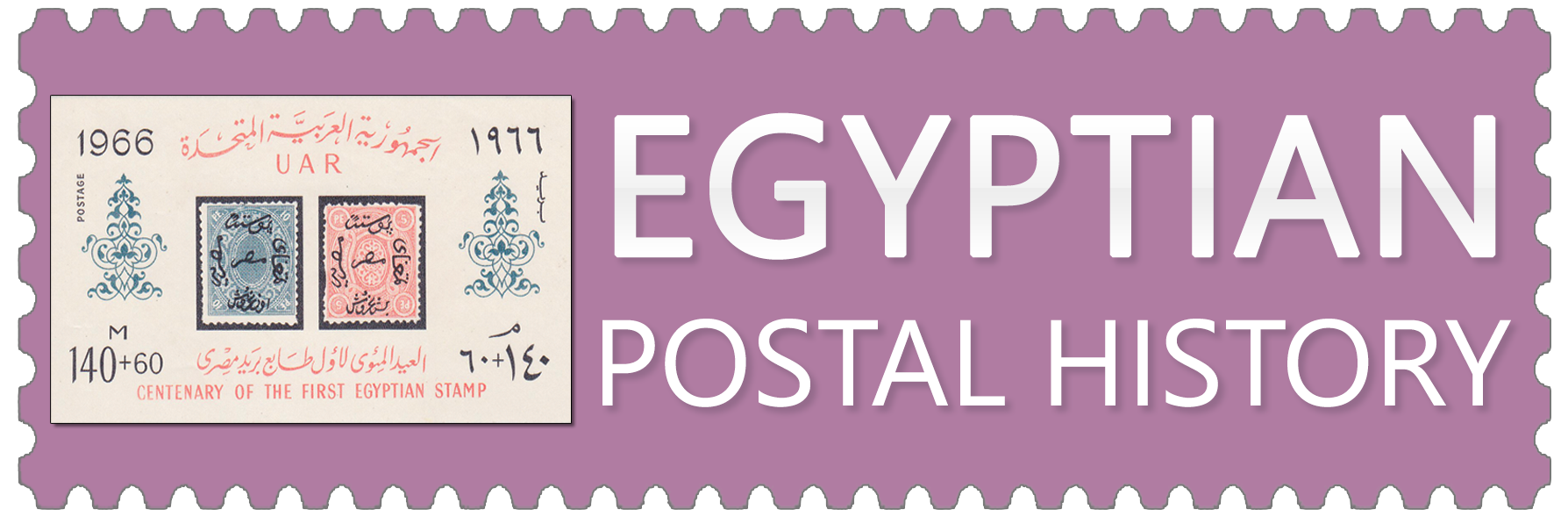Ismailia is a city and the capital of Ismailia governorate. It is located on the western bank of the Suez Canal, at the central point between Port Said and Suez. The width of the canal increases in Ismailia to include Lake Timsah which is one of the Bitter Lakes connected to the canal. Ismailia city contains three districts:
- First District which overlooks the canal;
- Second District, to the west of First District;
- Third District, to the west of Second District.
Most important places in the city:
- Suez Canal Authority
- Second Army Command
Ismailia is considered to be a modern Egyptian city since it was constructed during the time the Suez Canal was built. The canal was inaugurated on 16 November 1869, during the reign of Khedive Ismail, after whom it is named. Some of its streets and districts are modeled on the European and French system, especially its urban planning, which reflects the ambitious plans of developing Egypt.
Ismailia was built by the labor of three major waves of migration to the city at the same time as the inauguration of the Suez Canal. The new city is situated on the shores of Lake Timsah. The first migrants came from the south and Upper Egypt during the initial digging works for the canal. Those who participated in digging had to choose between staying in the new city or returning to Upper Egypt. They chose to stay and have new jobs in the new city. Several vital roads connect Ismailia with the governorates of North Sinai, South Sinai, Cairo, Port Said, and Suez. Ismailia was the center of The Suez Canal Company for Global Navigation in the era of Khedive Ismail. The city was divided into the Arab District and the Western District until the evacuation of the occupying forces of the Suez Canal.
The Arab District was famous for the courage of the Egyptians who rebelled against the English and French in the city. It is also famous for its popular traditional buildings and Islamic architecture. It includes El-Mahata El-Gededa (The New Station) and Araysha.
The Western District is in complete contrast to the Arab District. It was constructed geographically to be a model of Paris, was called Little Paris, and inhabited by foreigners and the leaders of The Suez Canal Company. It is characterized now by densely planted trees and by French and Western architectural designs. The residents call it The Westerners’ District.
Ismailia city has grown in size over the last few years due to the increase in population. Gamal Abd El-Nasser Tunnel was constructed in the city center. Madinat Al-Mustakbal (Future City) was constructed to accommodate the increasing population and is located on the desert road between Cairo and Ismailia. A bus network was established in 2000; before this, Ismailia was famous for its large number of bikes and taxis. The government began to renovate old bridges and construct new ones that overlook Ismailia Canal. Ismailia city has many gardens, parks and pure water because of the small number of industrial facilities, which is much lower than in the neighboring governorates. Ismailia attracts many Egyptian and foreign visitors, especially in the spring time and during festival days throughout the year.
Most of Ismailia’s present inhabitants are not its original residents. They left the city after the defeat of 1967 and the seizure of the eastern part of the city by the Israeli Army. After the Battle of Obour in 1973, however, many of them returned to the city accompanied by others from the neighboring governorates to rebuild the city.









